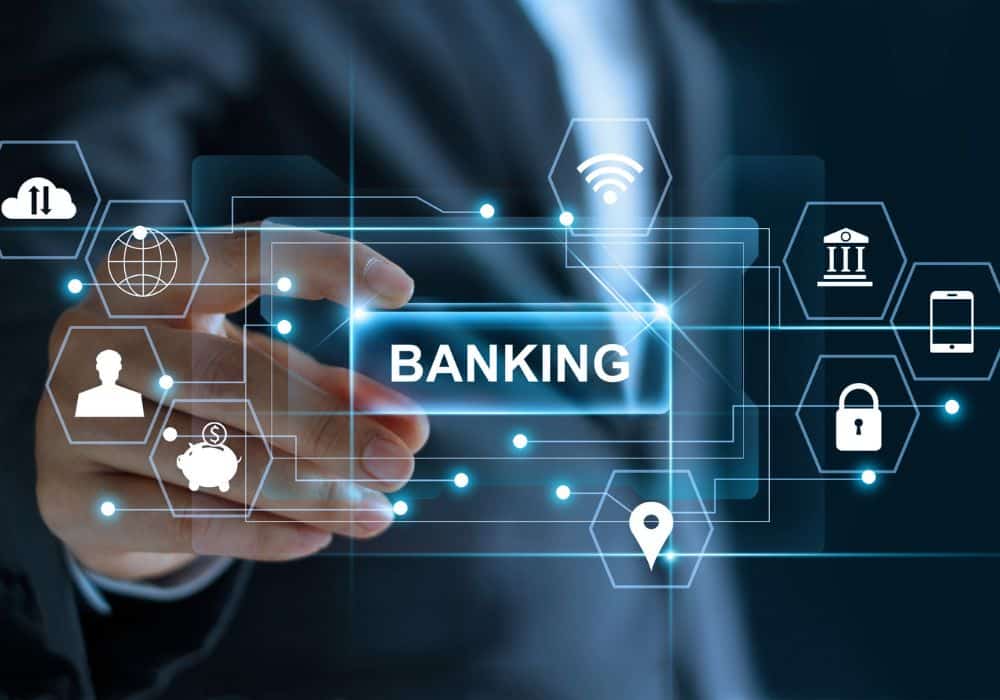I want to preface this blog by stating that this is not the end all be all representation of how you should choose a bank. This blog posting is simply the opinion of the self-proclaimed ‘Fixer’ of the firm who values organization, low cost, and above all, efficiency. All-of-which I look for when recommending a new bank (among other things) to meet the needs of an organization getting its start or an established organization looking to make a change. For the sake of you, your team, and the organization, I urge you to take the time to thoughtfully select a financial institute that works for you and not against the needs and efficiency of the organization.
Outline the “Can’t Live Without” items
First and foremost, determine and outline what type of account(s) you will need. It is typically easiest to have most, if not all financial accounts, through one financial institution. We often recommend that organizations look at and open four types of accounts:
Checking Account
This account is used for your organizational costs and for donations, grants, and other income.
Savings Account
We recommend using this account for your cash reserves or as a holding account for funds that need to be allocated (PPP funds).
Credit card
You can run your operational expenses through the credit card each month to accrue rewards/point that can be used to pay down the card balance or for organizational expenses.
Line of credit
To act as a safety net. It is better to open a line of credit and have it then to need it and not have it.
- Once you know what accounts you are looking for, outline what features, benefits, incentives, extras, etc. you can’t live without. Key things that you should look for, in addition to your must-haves, when selecting a new bank are:
- User friendly platforms
- Mobile app
- Mobile depositing
- Access to online documents such as statements, check copies, and deposit copies
- Bill payment for obligations that can’t be paid via a bill payment platform such as Melio
Minimal or Low-Cost Fees
I am well-known among friends and colleges for enjoying a good deal and finding thrill in saving some serious dough. One of the simplest ways to cut costs in an organization is by starting with software and subscriptions. In many ways, bank fees can be compared to a subscription, don’t you think? If you are an organization receiving a high volume of checks, you don’t want to be charged a fee every time you deposit a check unless you have negotiated to receive that money back. Some common fees to consider and try to avoid where possible are:
Balance minimum fees
Ex. Needing to have $5,000 at any time or you would incur a $50 fee
Transaction quantity fees
Ex. Needing to have 2,500 transactions or more a month to avoid a $25 fee
Mobile deposit fees per deposit
Out-of-network ATM fees
Will your bank refund these fees?
Excessive transaction fees
Is there a limit to how many withdrawals you can make each month?
Monthly maintenance or service fees
Connectivity to your accounting software
Most small businesses and nonprofit organizations operation from cloud accounting software. It is convenient, cost effective, and often quite intuitive. One major upside to operating from the cloud is the ability to automate processes and procedures. Most major players like QuickBooks Online, Xero, Sage and more, provide built in automation. One area specifically is commonly referred to as the bank feed. A bank feed typically allows the user to sign into their bank(s) or financial institution(s) providing a link directly from the bank to the accounting software. As a result, you can get real-time data and increase your accounting efficiency by having transactions automatically pull through to your accounting software waiting to be classified. It takes a lot of manual work out of the process in addition to allowing the bank feed to act as a source of truth. The transactions enter the bank feed exactly how they appear on your bank statement. In addition to connecting to your accounting software, you should look to see if check images are attached to the transactions and if the bank allows automatic download of statements to your accounting software.
Does the bank help support internal controls and division of duties?
Every business, whether a nonprofit or not, should have documented internal controls in place. As outlined by Alexandria Romero, CPA, MPAcc in her blog post The Better Way to Understand Nonprofit Accounting, internal controls reduce the risk of mismanagement in addition to the chance of an audit. Internal control is the process for providing reasonable assurance meaning that the financial information being provided is reliable, timely and accurate. All internal controls should be documented to include the segregation of financial duties.
Choosing the right bank can make developing internal controls around the division of financial duties even easier. Here you will find a list of a few banks we find are best to work with in conjunction with QBO and if they offer lockboxes.
Multi-level Access
Some banks provide multi-level access to the same account allowing one person to move funds and pay bills, while another person can have read only access to see deposit and check images. This can allow one person to send and receive payments, while another individual can only review and reconcile the account.
Lockboxes
Not many people, or organizations know what a lockbox is, or how it can be leveraged to support their team. For organizations that work with outsourced accounting firms, such as ours, it can prove very useful in providing strong internal controls. A lockbox is a service provided by many banks where a bank receives, processes, and deposits all of receivables on behalf of the organization. To start, this can reduce the amount of regular bank runs. It also ensures that all receivables make it into the bank account in a timely manner.
Multiple Check Signatures
If your organization still processes internally printed or hand-written checks, it might make sense to find a bank who supports dual signature checks. Having two signatories required to cash a check is another preventive step to reduce the risk of mismanagement.
Conclusion
Whether you’re starting an organization or just looking for a change, choosing a bank should take thoughtful consideration. If you’ve made the right choice, a bank can do some of the work for you and add an extra layer of assurance for your organization. Weigh out the pros and cons and try to find an institution that you can build a relationship with that will add tremendous value to your organization.

